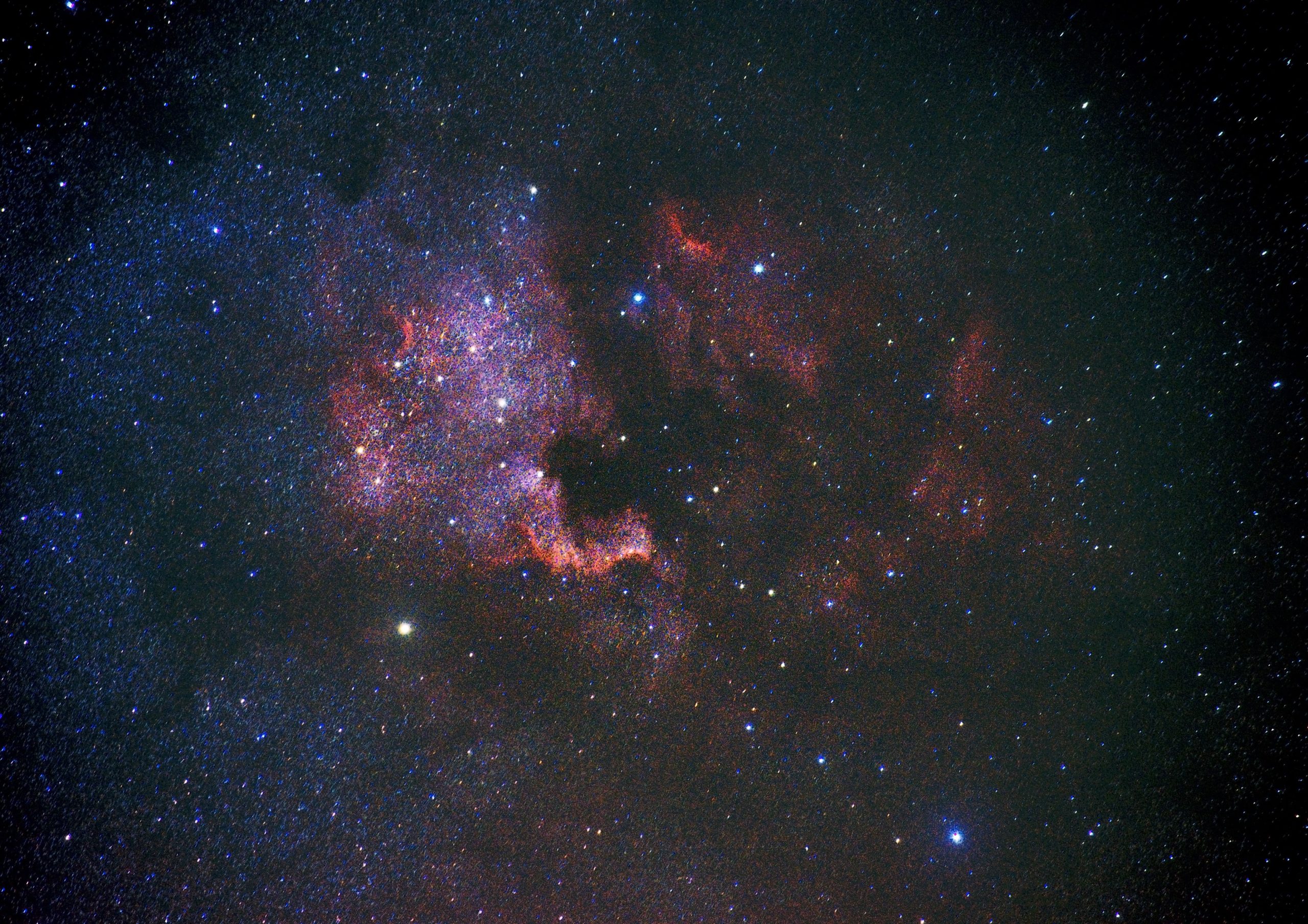Exploring the Phenomenon: Half Moon, Full Moon, and Total Eclipse
When we gaze up at the night sky, our eyes often catch the sight of the moon – a celestial body that has captured the imagination of humans for centuries. Through its various phases, the moon showcases a mesmerizing dance between light and shadow. In this blog post, we will delve into the mystical phenomena of the half moon, full moon, and total eclipse, unraveling the secrets behind these captivating lunar events.
The Phases of the Moon
To understand the half moon, full moon, and total eclipse, let’s first grasp the basic concept of the moon’s phases. As the moon orbits Earth, only a portion of its surface is illuminated by the Sun, creating what we refer to as moon phases.
The lunar phase cycle consists of eight main phases:
- New Moon
- Waxing Crescent
- First Quarter
- Waxing Gibbous
- Full Moon
- Waning Gibbous
- Last Quarter
- Waning Crescent
Each phase lasts approximately 3.5 days, leading to a complete lunar cycle spanning around 29.5 days.
The Half Moon: A Glimpse of Illumination
Among the various phases, the half moon holds a unique allure. Also known as the first quarter or third quarter moon, it marks half of the moon’s visible surface being illuminated. As the name suggests, during this phase, only one-half of the moon appears lit when viewed from Earth.
The half moon occurs when the moon is at a 90-degree angle to the Sun as observed from Earth. In this position, the sunlit portion of the moon is only partially visible to us, creating a striking silhouette against the darkened backdrop of the sky.
It’s important to note that the half moon can appear either as a waxing crescent or a waning crescent, depending on its position in relation to the Earth and the Sun. The waxing crescent appears after the new moon, signifying the beginning of the moon’s illumination. Conversely, the waning crescent phase occurs before the last quarter, indicating the moon’s diminishing illumination.
| Moon Phase | Position in Lunar Cycle |
|---|---|
| Waxing Crescent | After the New Moon and before the First Quarter |
| Waning Crescent | After the Last Quarter and before the New Moon |
The Full Moon: A Radiant Lunar Display
The full moon is perhaps the most iconic lunar phase, captivating observers with its enchanting brilliance. As the moon completes its orbit around Earth, it aligns itself opposite the Sun, allowing the Sun’s light to fully illuminate the moon’s surface that faces us. This alignment causes the moon to appear as a complete circle when viewed from our vantage point on Earth.
The full moon is a captivating sight, illuminating the night sky and providing ample light for various activities. Throughout history, cultures around the world have attributed mystical significance to the full moon, associating it with legends, folklore, and religious observances.
During a full moon, the moon appears to rise as the Sun sets, creating a balanced and harmonious cycle of light and darkness in our skies.
The Total Eclipse: A Celestial Marvel
While the half moon and full moon showcase the moon’s illuminated face, a total eclipse presents an otherworldly spectacle. Unlike a regular lunar eclipse where only a portion of the moon is obscured, a total eclipse occurs when the moon aligns perfectly with the Earth and the Sun, resulting in a complete obscuration of the moon’s illuminated surface.
When a total eclipse takes place, the moon travels completely within the Earth’s shadow, causing it to appear darkened or reddish in color. This phenomenon occurs due to the Earth’s atmosphere bending and refracting the Sun’s light onto the moon, casting an eerie glow upon it.
A total eclipse is a rare event, leaving spectators in awe of the cosmic alignment. During these moments, the moon seems to vanish temporarily, leaving the sky dark and mystical.
In Conclusion
The moon’s various phases, including the half moon, full moon, and total eclipse, offer us a glimpse into the cosmic wonders of our universe. From the majestic full moon illuminating our nights to the captivating allure of the half moon and the surreal spectacle of a total eclipse, these lunar events never fail to capture our imagination.
Whether you find solace in the mystical beauty of the moon or simply enjoy witnessing these celestial occurrences, take a moment to appreciate the dance between light and shadow that unfolds in the night sky above.
Table of Contents
